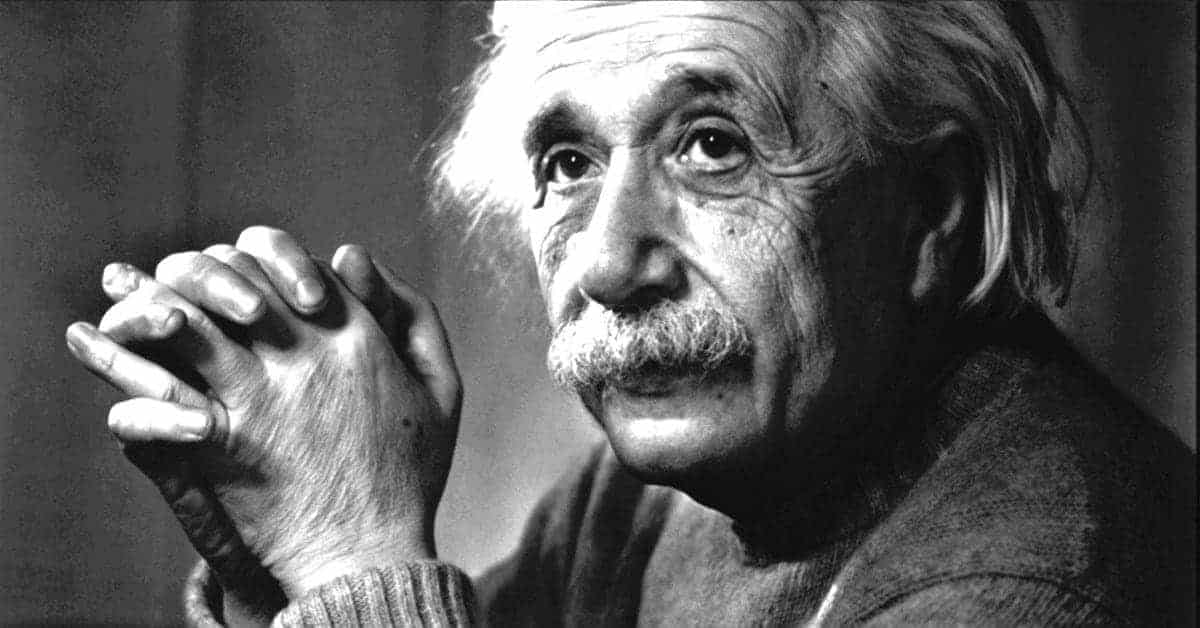Albert Einstein is known throughout the world as one of the greatest mathematical and scientific minds of the 20th century. He was able to make advancements that were only dreamed of at the time and was instrumental in many theories that guide mathematics and science today. However, for all the brilliance of the man, there was no denying that he was not adept in other areas, particularly when it came to love and family. He had never been successful when it came to women and his relationships with his children were strained at best. He tended to focus on work more than family as that was where he felt comfortable and where he excelled.
It was in 1939 that Einstein really began to lament the choices that had led him without a close family to call upon. At the ripe age of 60, the man spent his days in a small cabin and visiting the store of his friend who had the family life that Einstein envied. Most of Einstein’s friends and family had by now perished in Germany and his wife, with whom he had escaped in 1933, had died from heart and kidney problems in 1936. The years of loneliness were taking its toll and therefore it comes as no real surprise that he sought out some sort of companionship.
It was in 1935 that Einstein met someone that would help ease the pain of his loneliness. Due to Einstein’s fame and Princeton’s pride in having one of the greatest minds in the world at their University, they decided to commission a bust to be made. To create the bust they hired Sergey Konenkova, a Russian sculptor who had made his home in the United States creating magnificent sculptures. This time he was to make a bronze bust of Einstein and the scientist agreed to sit for the sculptor at the request of the university.

But it was not the sculptor or the resulting sculpture that turned Einstein’s head, but rather the sculptor’s wife. Margarita Konenkova was much younger than the scientist but there was little doubt that a relationship was stirred between the two. The work on the bust was extensive and multiple sittings which gave Einstein plenty of time to get close to Margarita at a time when the scientist was distraught over the declining health of his wife and her eventual death in 1936. It is unclear if the pair ever began a romantic relationship prior to the death of Einstein’s wife, Elsa, but by 1945 Margarita held a large piece of Einstein’s heart.
This relationship between Einstein and Margarita was largely hidden, due to the fact that Margarita was married at the time. It wasn’t until 1998 when nine letters that Einstein had written to Margarita between 1945 and 1946 were sold at auction, that the extent of their relationship came to light. Margarita was not new to cheating on her husband as she had also had an affair with Sergei Rachmaninov. But there is evidence to suggest that Margarita’s interest in Einstein had less to do with romance and more to do with picking the brain of the brilliant scientist.

